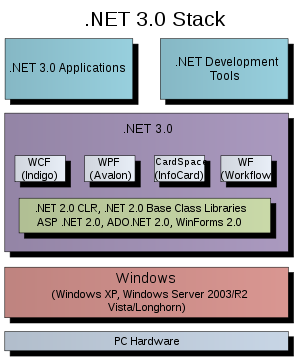Wpf Vector Graphics Editor
Vector Graphics. WPF uses vector graphics as its rendering data format. Vector graphics—which include Scalable Vector Graphics (SVG), Windows metafiles (.wmf), and TrueType fonts—store rendering data and transmit it as a list of instructions that describe how to recreate an image using graphics primitives. My project is named 'Editor', and I've placed the XAML file I want to read in a 'Graphics' folder. This file is named 'Image.xaml'. The project tree looks like this. Using XAML vector graphics in WPF application; WPF Context menu doesn't bind to right databound item; WPF image resources.
Wpf Vector Graphics Editor Software
graphic svg (8)
I am looking for a good method to add a vector file (EPS or SVG) in a XAML. I found a plugin that exports image from Illustrator to a XAML file, let's say MyImage.xaml, and it works well if I copy the content of the file in my XAML file for my window (Plugin link: http://www.mikeswanson.com/XAMLExport/).
However I am sure better ways exist. Is it possible for example to use MyImage.xaml as a resource or something, and import it in the XAML that describes the window ?
Answers
How to use a path data from a resource dictionary in UWP
What about this solution?
Declare your GeometryData


Vector Graphics Editor Online
And use Path, instead ContentPresenter
XAML SVG color change at runtime
By building on top of Paolo's non-working answer, I was able to solve this.
The 'MyImage' class:
Apr 30, 2019 The new Mini toolbar in OneNote for Windows 10 helps you edit content faster while you’re working. Instead of having to pick out which tool you need in the ribbon at the top of your screen, you can now highlight the text or content you want to edit and choose a tool from the Mini toolbar that. How can the answer be improved? The following illustration shows the Mini toolbar when you rest your pointer on it. To use the Mini toolbar, select the text you want to format and then click an option on the toolbar. If you don't want to see the Mini toolbar, you can turn it off as explained next. A mini toolbar gives you additional commands. Appears as you select and hover over text, or right click text in a document. It lets you change the font size, make the test bold, and all that stuff. What is mini toolbar in word. Nov 13, 2018 In Microsoft Word, Excel, PowerPoint, and Outlook, the mini toolbar is a smaller version of the full toolbar found near the top of the application window. The mini toolbar appears when you highlight text and either move your mouse cursor over the highlighted text or right-click on the highlighted text.
Inside the resource dictionary, assign the DrawingImage to the Source setter of a MyImage style:

with the rest of it following as you'd expect.
Inside the window's XAML file:
Here's the result: http://i.stack.imgur.com/7JNyH.png
Me and some other people are working on a desktop viewer/editor for a tile-based game (Wolfenstein 3D). We're not sure of the best way to actually draw the tiles because none of us have had to do something like this in WPF. Here's a rough idea of what the app looks like:
The main area there can have 64x64 (or more) tiles. The map has multiple layers (things, floor textures, etc) that we will want to toggle on/off.
Right now it's drawing stuff to a canvas in a really naive way and the performance is terrible (scrolling is super laggy). Those little glyphs are all vector shapes, but adding bitmaps for things like the walls is a long-term goal. Zooming is also a necessary feature, although I don't think we need to support arbitrary zoom levels (something like 1x, 2x, etc is good enough). Other than that it's all just panning.
We've done some high-level pondering about what the 'right way' of doing this in WPF is but we're not sure. Use something like WriteableBitmapEx to manually draw the canvas as a single bitmap? Use WPF managed 3D? Shoehorn something like MonoGame in there?